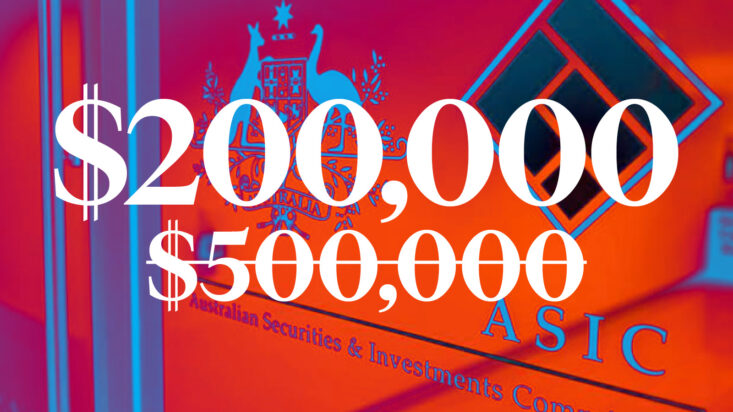SMSFs cheaper to run than ASIC says
SMSFs are not as expensive to operate as many, including ASIC and the Productivity Commission, have led us to believe, according to a report by consulting actuaries Rice Warner, and published to coincide with the start of ‘SMSF Week’.
The report was commissioned by the SMSF Association (SMSFA) which has been continually irked by both the Productivity Commission’s comments on SMSFs in a broader study of superannuation and the adoption of its conclusions by ASIC, as well as various commercial websites that service that market.
Rice Warner concluded that because costs of operating SMSFs have fallen, and costs to members incurred by APRA-regulated funds have risen, that the average SMSF with $200,000 was competitive with the larger funds, and SMSFs with more than $500,000 were significantly cheaper.
The researchers, led by Michael Rice, principal, and Alun Stevens, senior consultant, compared this report with a similar one which they prepared for ASIC in 2013. In the earlier report, they also said that an SMSF with $200,000 could be competitive but this could involve the trustees in doing a fair amount of work themselves. More than $500,000 and they were competitive while outsourcing all reporting to a full-service provider.
But $500,000 became the minimum according to the consensus which floated around the industry for several years. John Moroney, chief executive of SMSFA and an actuary and former chief executive of the Actuaries Institute, said: “This report should lay to rest the arguments that small SMSFs are not competitive… This report should bring the false analyses to an end.”
The number of SMSFs peaked in 2018 but has remained above 700,000 over the past two years, possibly because the individual investors were aware that the gap between APRA-regulated fund costs and those borne by SMSFs had narrowed considerably.
In its 2018 report the Productivity Commission said costs of SMSFs with assets of more than $1 million were broadly comparable with those of APRA-regulated funds, but those with less than $500,000 were significantly more. A total of 42 per cent of all SMSFs (about 200,000 in 2016) had been below the $500,000 threshold for more than two years, the Commission said.
Michael Rice said that his 2013 report was “a bit of a ground-breaker” because many people were surprised to see that you could run an SMSF competitively with $200,000. “We did a lot more work on it this time,” he said. “We identified over 100,000 SMSFs.” Rice Warner also separated out SMSFs which held property assets because their costs were much higher, and their expenses distorted comparisons, unless they were wrapped up in net investment returns for comparative purposes.
As recently as October 2019, ASIC issued a note saying that SMSFs can be expensive, costing an average $13,900 a year. “If your balance is below $500,000, ask your adviser why an SMSF is the best option for you,” ASIC said. The regulator has also cited the Productivity Commission findings in its communications.
One of the several websites which offer general tips for investors, SuperGuide, published in August this year a note saying: “Despite considerable discussion and analysis by the ATO, ASIC and the Productivity Commission, there are still no clear answers. While there is a general consensus that having at least $500,000 in super is a good yardstick, starting with less may be justified in certain circumstances.”
The latest Rice Warner report also looked at the question as to whether many SMSFs had little or no growth after being started. Its analysis showed this number to be very small, and mostly they were closed within a few years. Alun Stevens said: “There is no evidence of funds being caught in a death spiral.”
The analysis of 8,000 funds with between $100,000-$200,000 showed that between 500-1,000 of these funds stayed below the range to be competitive. However, there are still 30 per cent of all SMSFs which have fewer than $200,000 worth of assets, the report notes.











